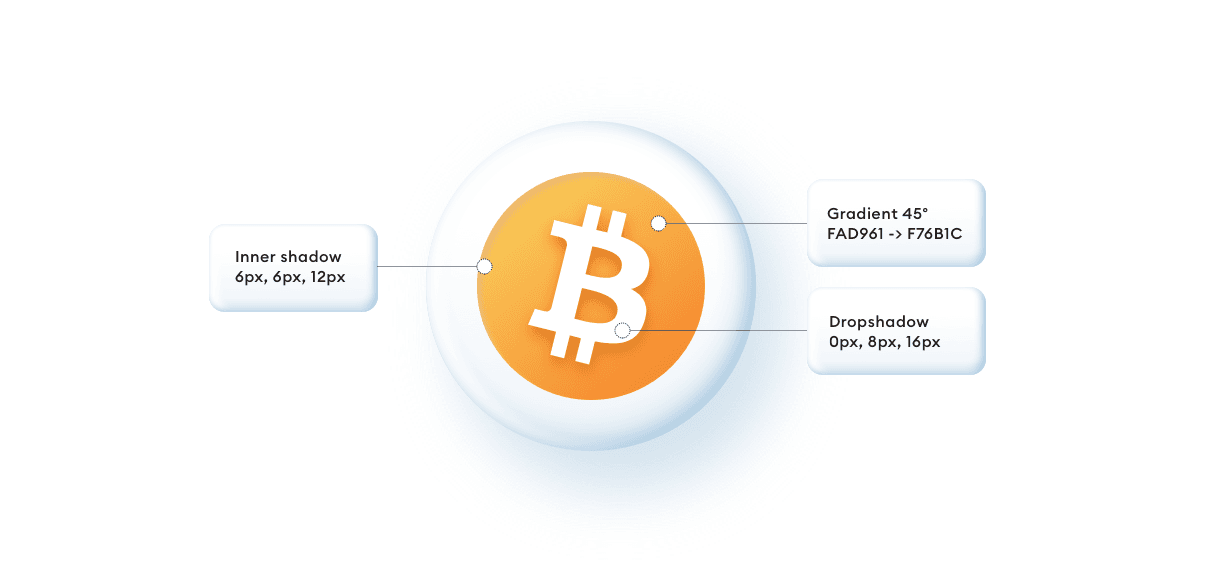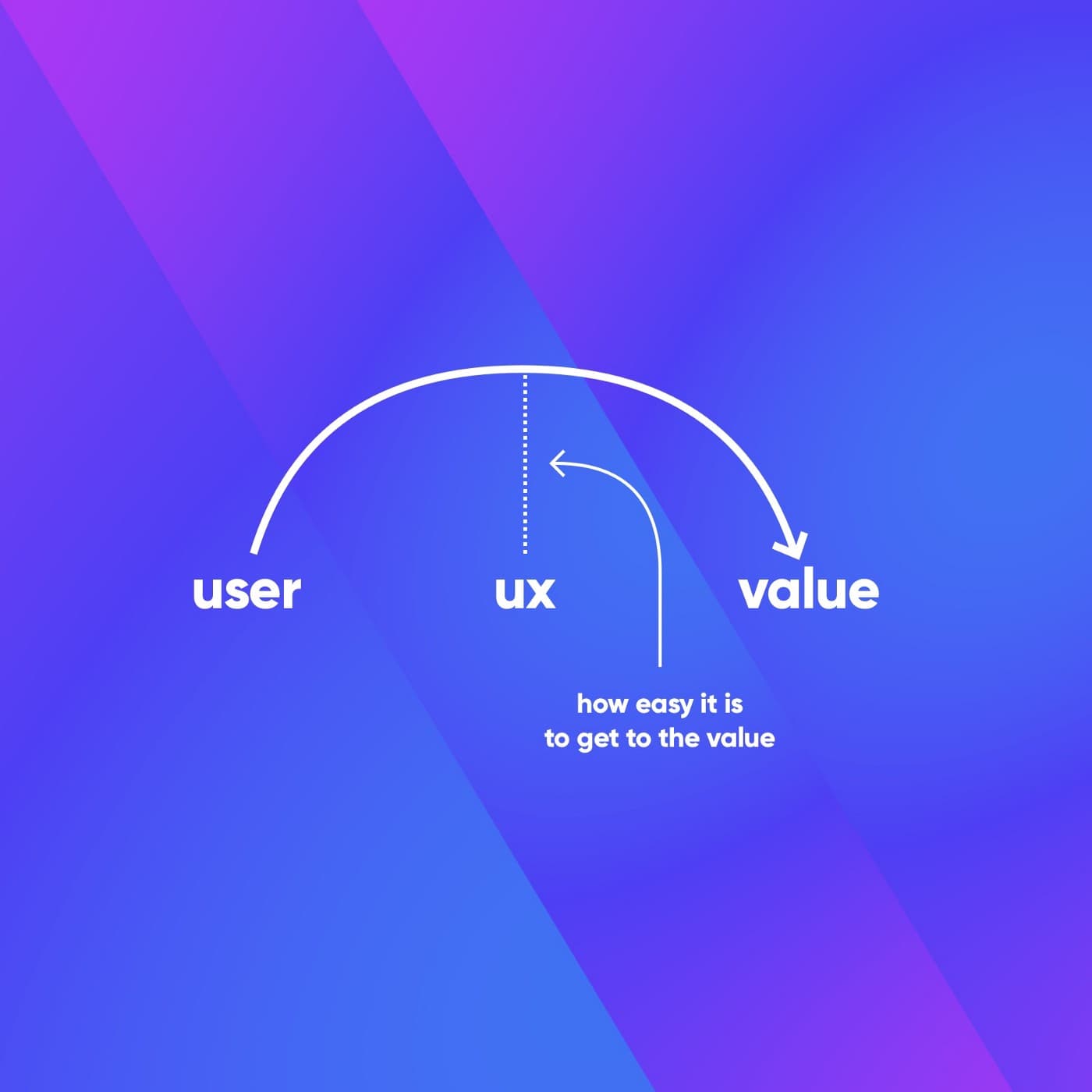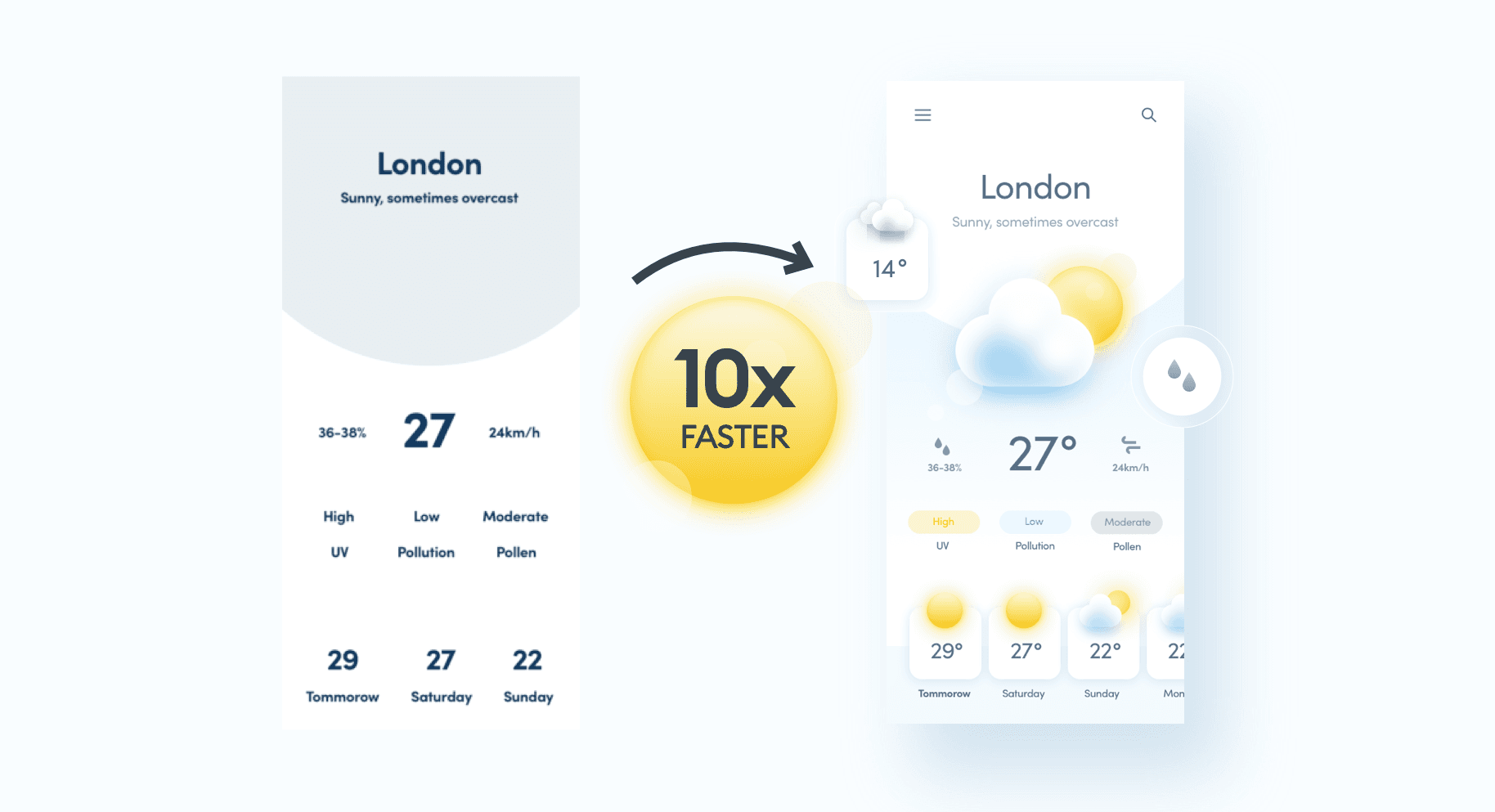If you’re a designer and you also love researching things, you should buy some cryptocurrency.
Just don’t do the mistake of overinvesting.
Spend $5 on it, just to see how it works. Then exchange it to some other cryptocurrency — even at loss.
The goal of this exercise should be to familiarise yourself with a future that’s happening around us right now. You should know how transactions work, what are the fees, how you can exchange one crypto asset into another.
This is like learning to use the iPhone for the very first time in 2007 — exciting and a little bit scary at the same time.
Payments 2.0
The ability of “printing more money” that the governments use regularly, doesn’t apply here, so when we all agree digital-coins are worth something, they will likely be one of the few payment means that’s NOT losing value.
That’s right. You can’t add more Bitcoin or more Litecoin. When their blockchains launch, the maximum amount of coins is set in stone. Nobody can create more, which leads to a supply vs demand fight we have been seeing in 2017 and now.

Imagine you owe your friend Josh some money. If you use different banks, paying him can take hours or days, and there are likely to be fees by each bank for the transaction.
If you do it over cryptocurrency you pay one fee (and it CAN be very low) and the funds get directly to the recipient in minutes. No middlemen required.

Why crypto?
Being crypto literate in 2021 is going to be essential with more and more companies embracing the technology. Tesla has recently purchased $1.5B worth of Bitcoin, with PayPal and other payment processors jumping into this market as well.
Even the large financial institutions that were warning us against cryptocurrencies back in 2017, are now buying them en masse.
The world is changing
And if you think bank transfers and credit cards are as far as we could go, then I suggest you go and read this Yahoo Finance article:
$194 Million was Moved Using Bitcoin With $0.1 Fee, True Potential of Crypto
On October 16, a Bitcoin user moved 29,999 BTC worth $194 million with a $0.1 fee, a transaction which with banks would…
If you were to move that much money via the traditional banking systems, it’d take a couple of days (instead of being almost instant) and tens of thousands of dollars in fees.
Of course, Bitcoin is not necessarily a good way to pay for your pizza or coffee. It’s currently more of a crypto-gold asset, used to accumulate value over time. Some people used it to buy pizza, but with the huge price increases, it can lead to one pricey pie.
Bitcoin Pizza Day: Celebrating the $80 Million Pizza Order
May 22, 2018 marks the eight-year anniversary of the first Bitcoin transaction, in which a Florida man paid for two…
There are however other, smaller and better suited for everyday life cryptocurrencies and after the market matures we will end up having a choice.
That’s good.
Why is this important for designers?
The 2017 crypto-boom has ended with a two-year decline with many people losing a lot of money. Governments and large companies cautiously tried to stay out of crypto, deeming it an irresponsible way of investing.
But now this is changing. Some governments are building their own blockchain-based money, while most large companies either already purchased crypto, or plan to do so. Many also accept crypto payments for their goods and services.
Tesla is planning to allow using Bitcoin to purchase their cars.

Photo by Nubelson Fernandes on Unsplash
So where do we fit in?
Up until now, all that technological marvel was created by developers. There rarely were any real designers in the crypto scene, apart from a handful of well-crafted products 99.9% of the websites, wallets, apps etc are the cheapest, ugliest, most uncreative templates you can find.
The execution and quality is horribly low.
A consistent, planned marketing vision is replaced by random outbursts of creativity that are everything but trustworthy. The user experience is often abysmal. Some essential forms (like setting up your seed — a way to access your wallet) was often done without any guidance and even any confirmation. So if you made a typo while entering those 16 words, you can end up being locked out of your funds forever.
The websites
All cryptocurrencies out there use their websites as a go-to place to find out how they differentiate themselves from everyone else. Yet those websites are in vast majority cheap WordPress clones of one another, with the same, boring patterns repeating.

How many websites got each of the scores. 8+ is good. 1–3 is obvious scam.
I created a cryptocurrency analytics startup two years ago, and decided to manually judge the design of over 2000 cryptocurrency websites that are on the market. I went to each site and used my knowledge and experience to rate them from 1 to 10.
The results were very unexpected.
Out of 2000, only fifteen websites scored 8 and up.
Here’s three most popular design patterns in the crypto-sphere.
1. Nodes in the background

That animated node pattern is probably used on over 70% of the websites. And while the underlying idea was probably about showing blockchain, a bunch od detached nodes doesn’t really convey the idea anyway. It was likely adopted because it “looked cool” to the developers.
2. Animate EVERYTHING

Animations look cool and fancy. That’s why most crypto websites animate practically EVERYTHING on the screen, thus obstructing the actual content.
3. Isometry

It’s likely that most crypto developers liked the Diablo videogame series. The amount of similar looking isometric images is staggering. They mostly depict phones (even when there’s no mobile app) and floating coins. They are also often merged with the animated node backgrounds.
Identify scam projects
All that lack of creativity and quality has been good news for us designers. In many cases we were able to spot scam crypto projects just by looking at their website. Most regular users didn’t know any better, and often lost their money on an obviously underdeveloped product.

How would you rate bitcoin.org?
But even the quality coins and tokens lack in this department. This is slowly changing, but the demand is going to be heavy.
As crypto is becoming more mainstream, it will desperately need UX/UI designers and UX researchers to provide much better, streamlined solutions for the world to use.
This is the crypto-acceptance phase and up until now it has practically skipped the design and went straight into development. In the 2017 frenzy, nobody cared about the branding or the websites of these projects. People were gold-rushing to invest in things, that designers wouldn’t even touch with a very long stick.
Uncharted territory
Because of all that, crypto is still a new, uncharted territory when it comes to design. Sure, there are some well-designed products, but still compared to other market segments it’s probably the one where User Experience and branding are the most lackluster.
Which makes it both important and exciting for us to jump into this market and try to work on making it more accessible, easier, more polished and refined.
It’s now a mainstream thing whether we like it or not, and it desperately needs our help. We can’t ignore this.
Let’s fix the crypto experience this year.






